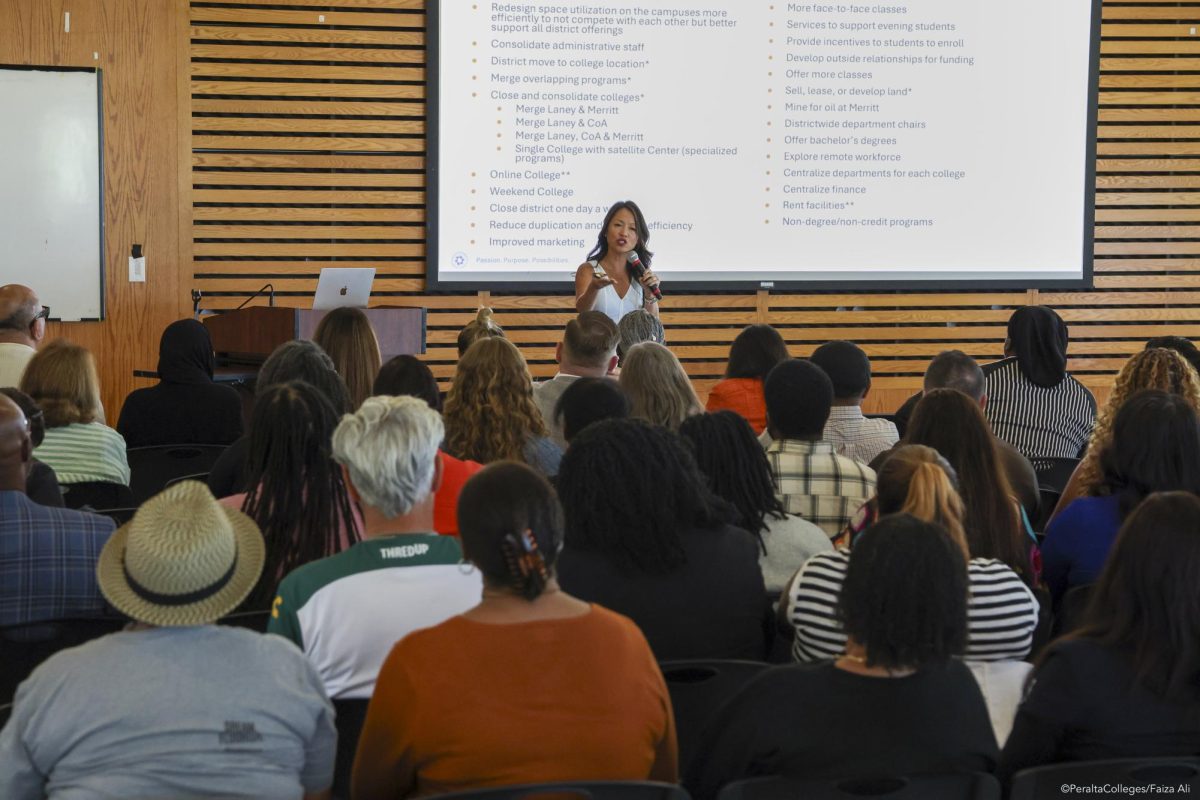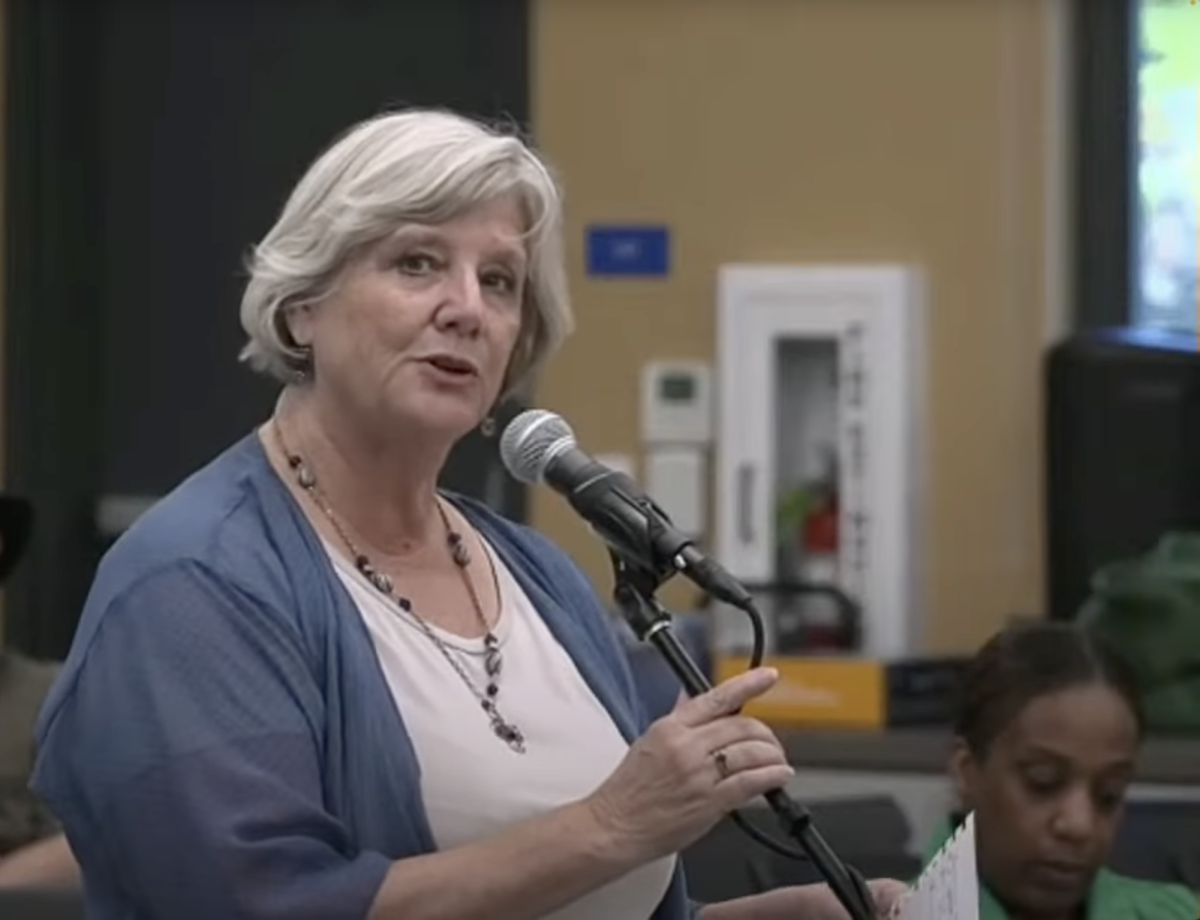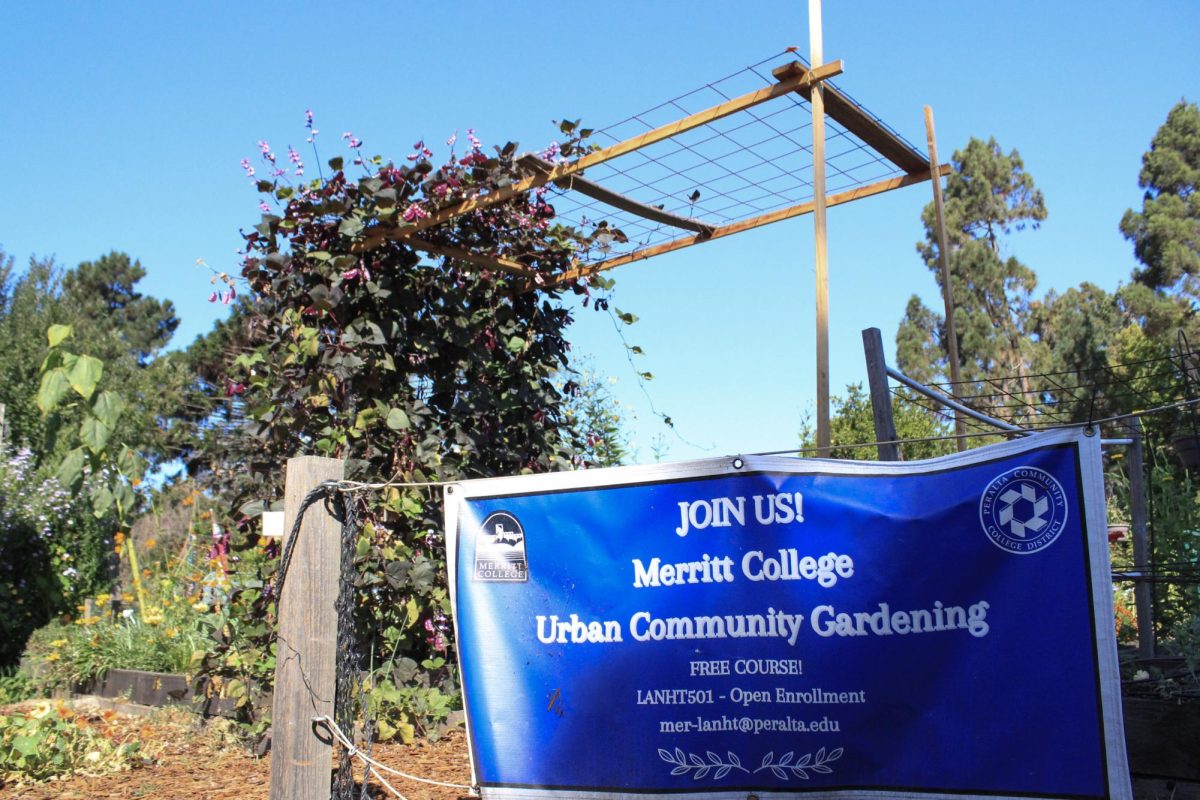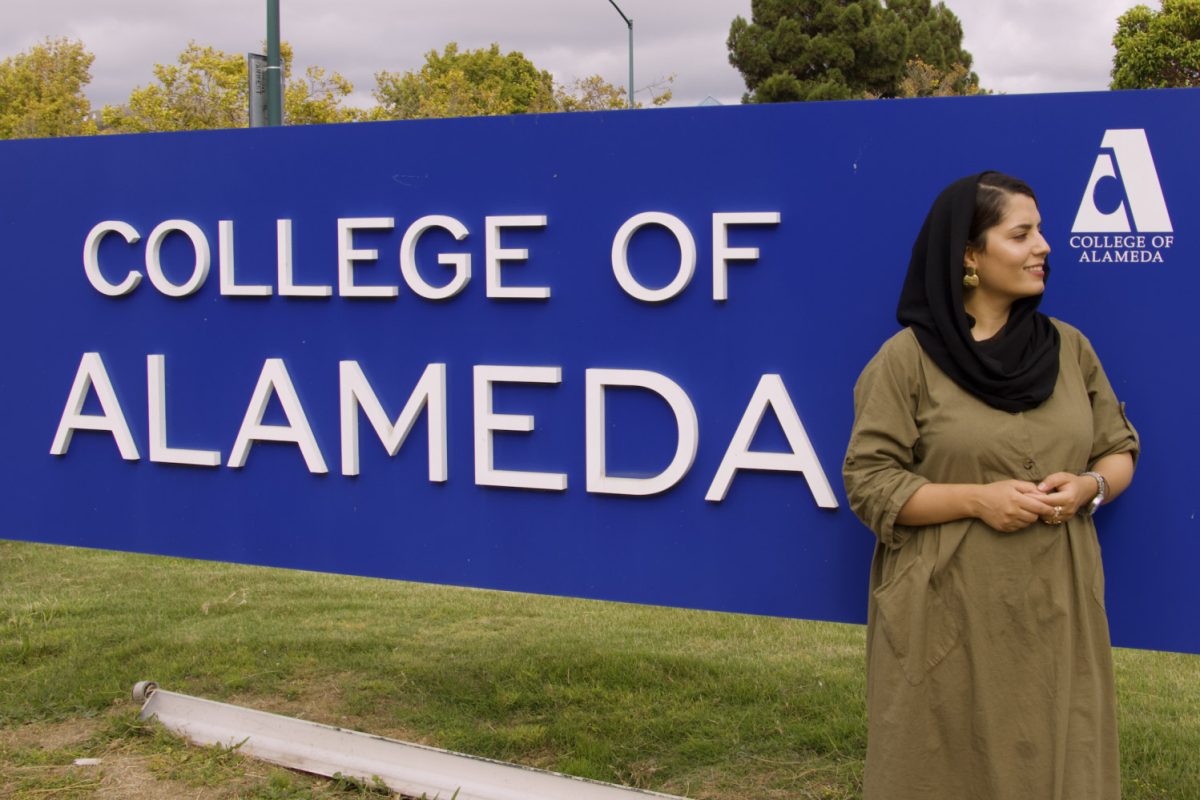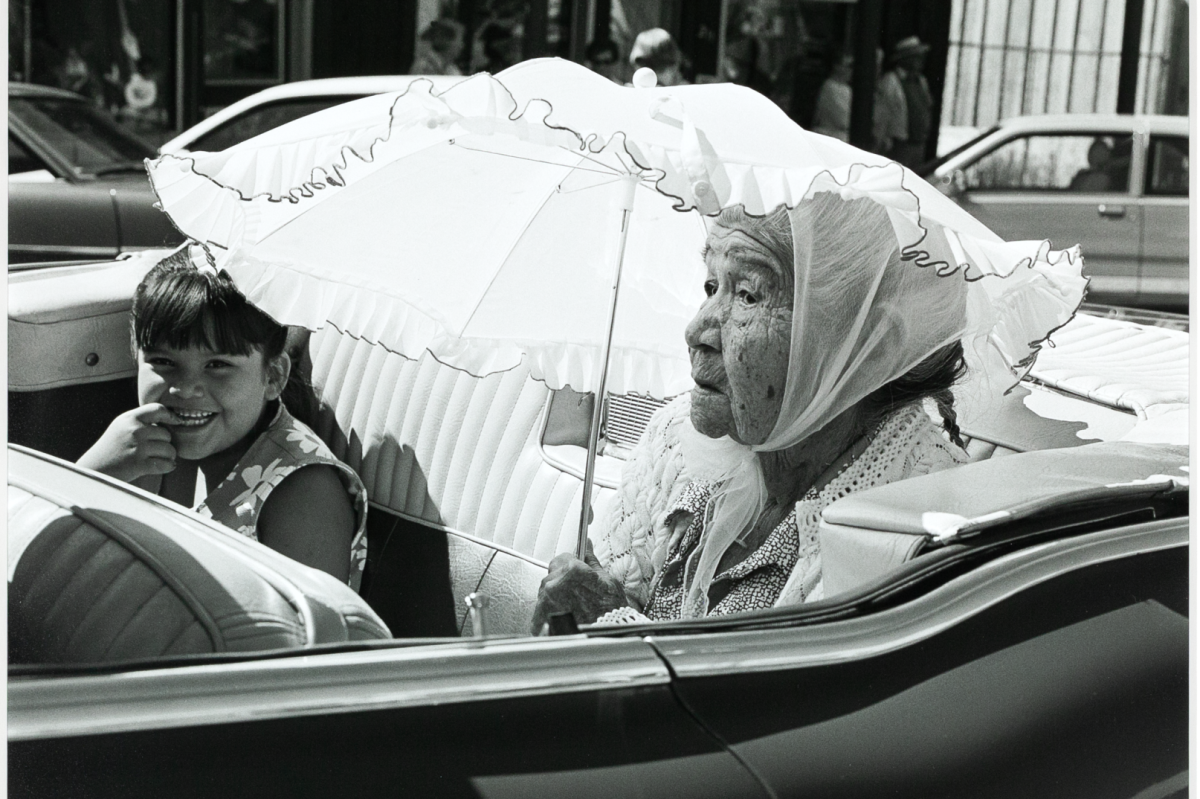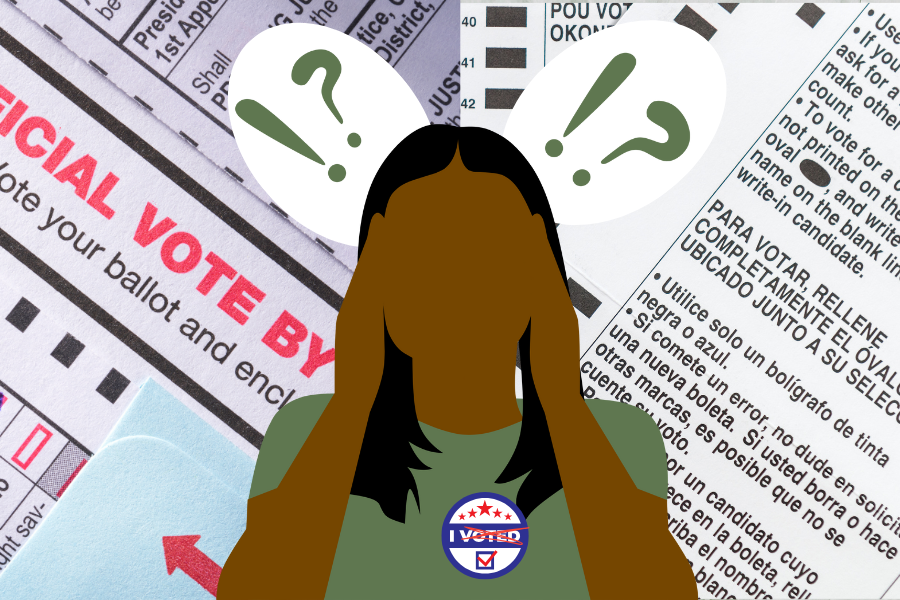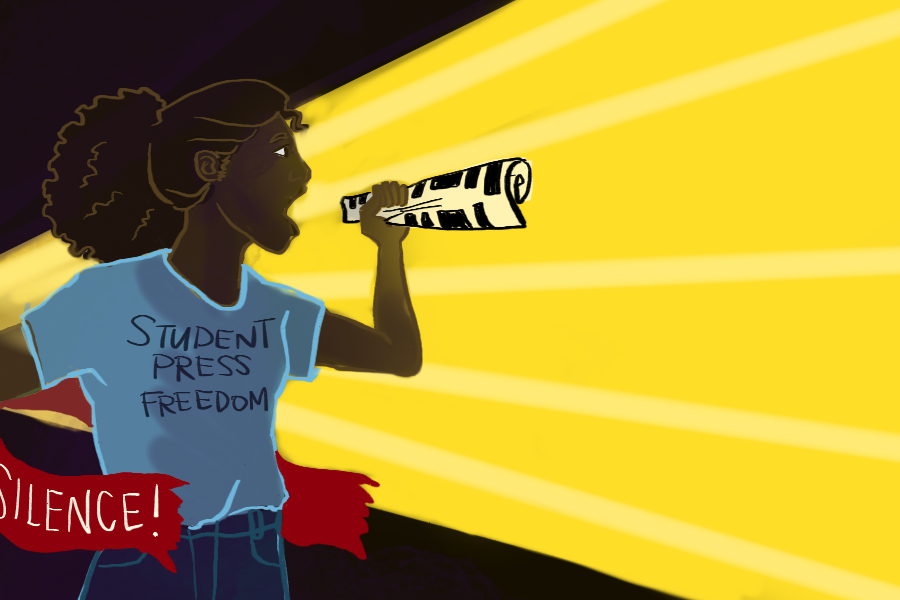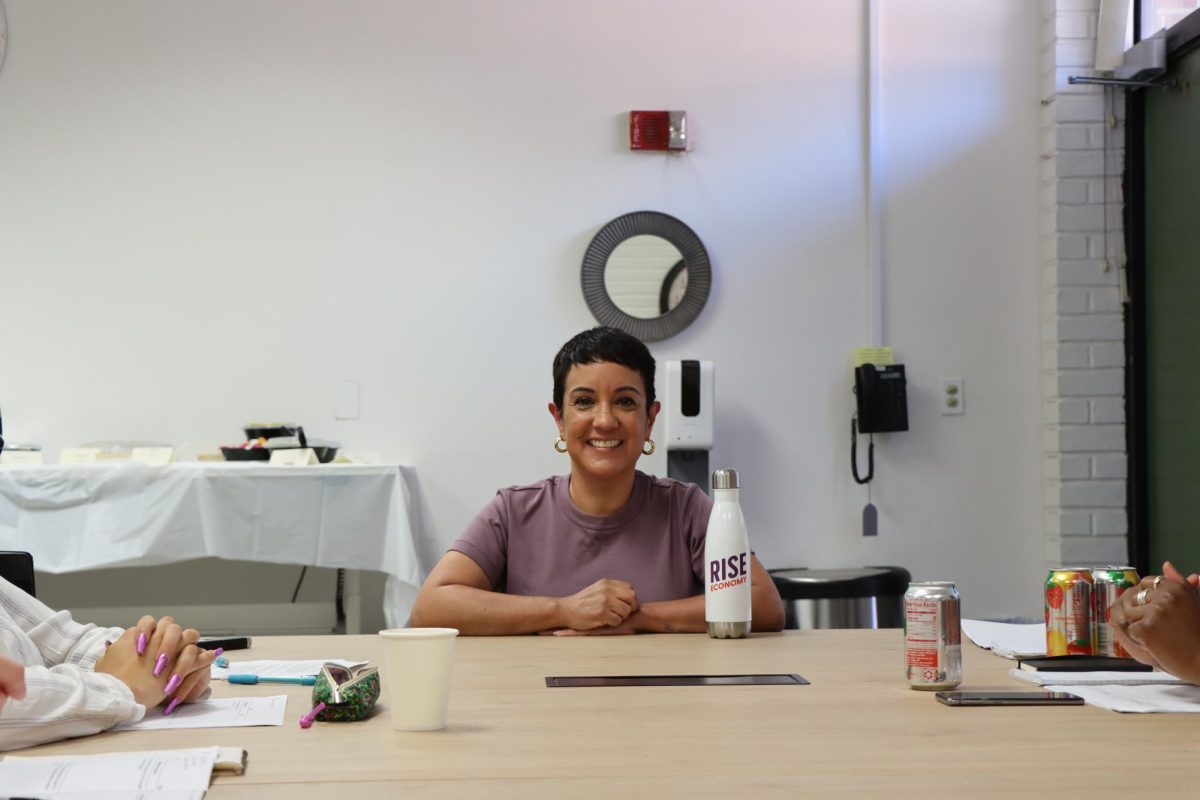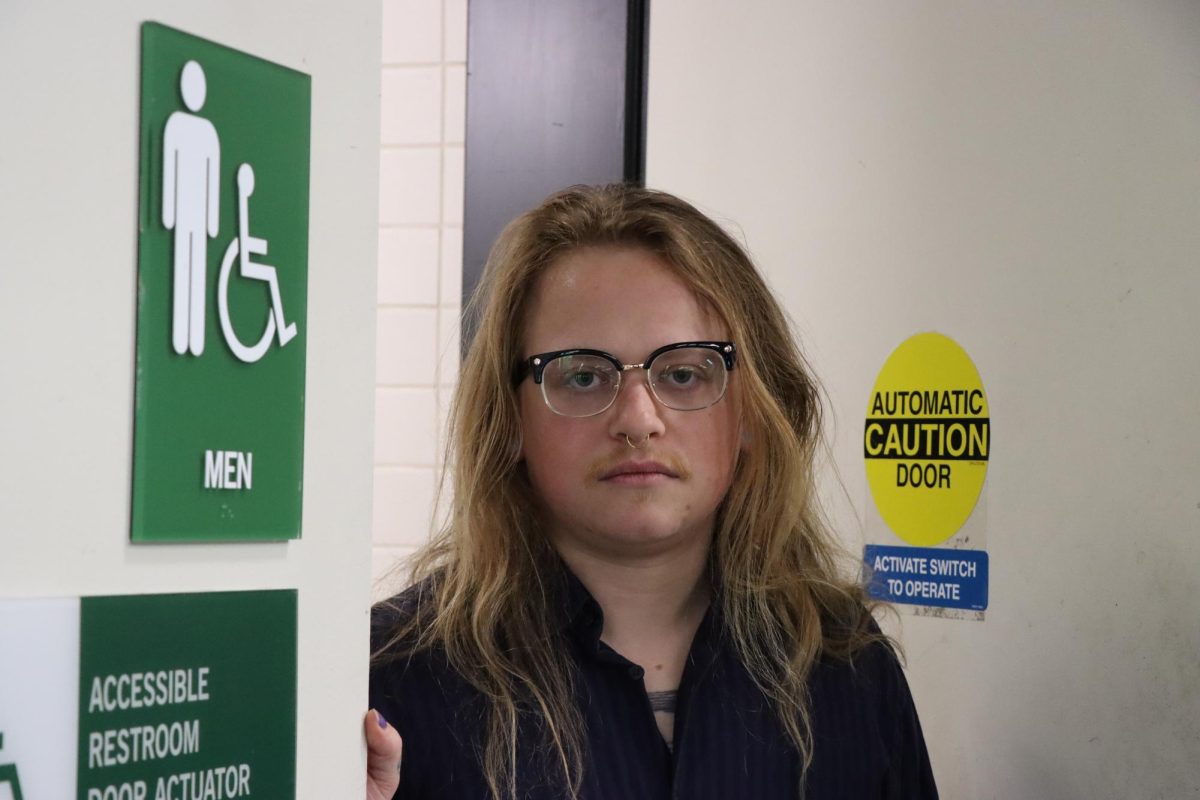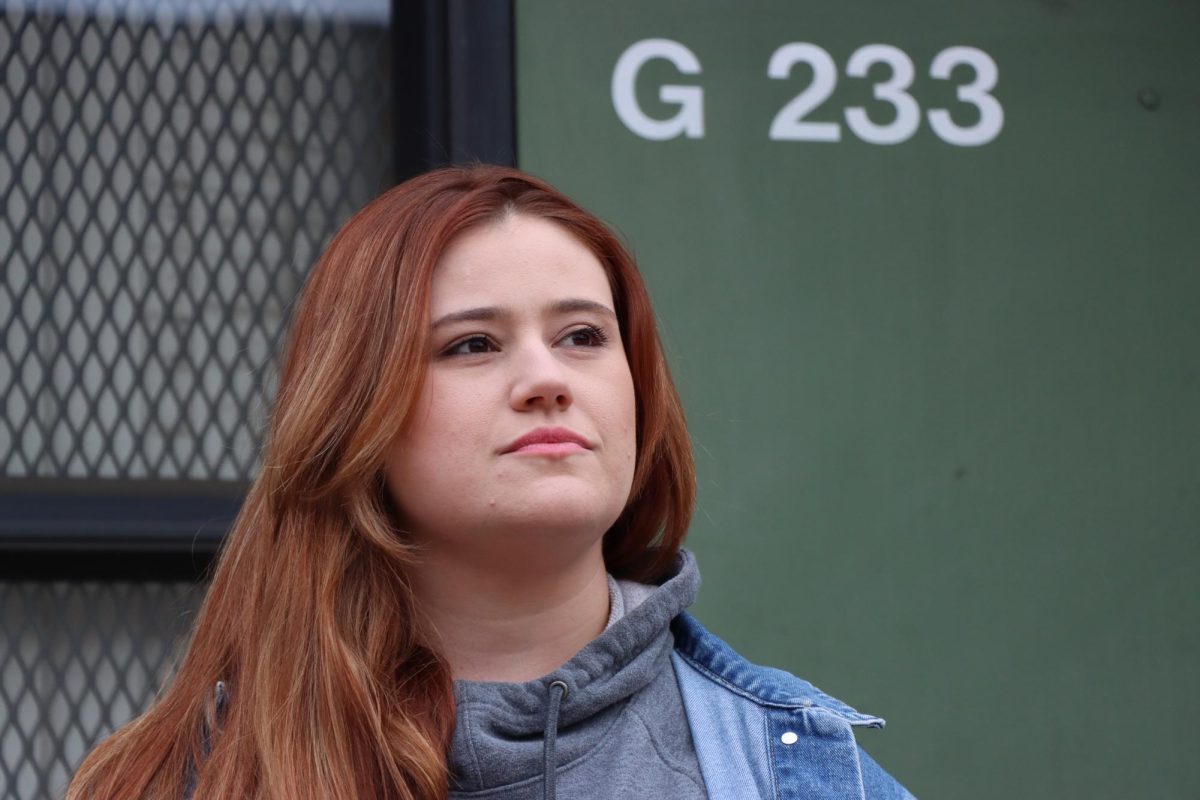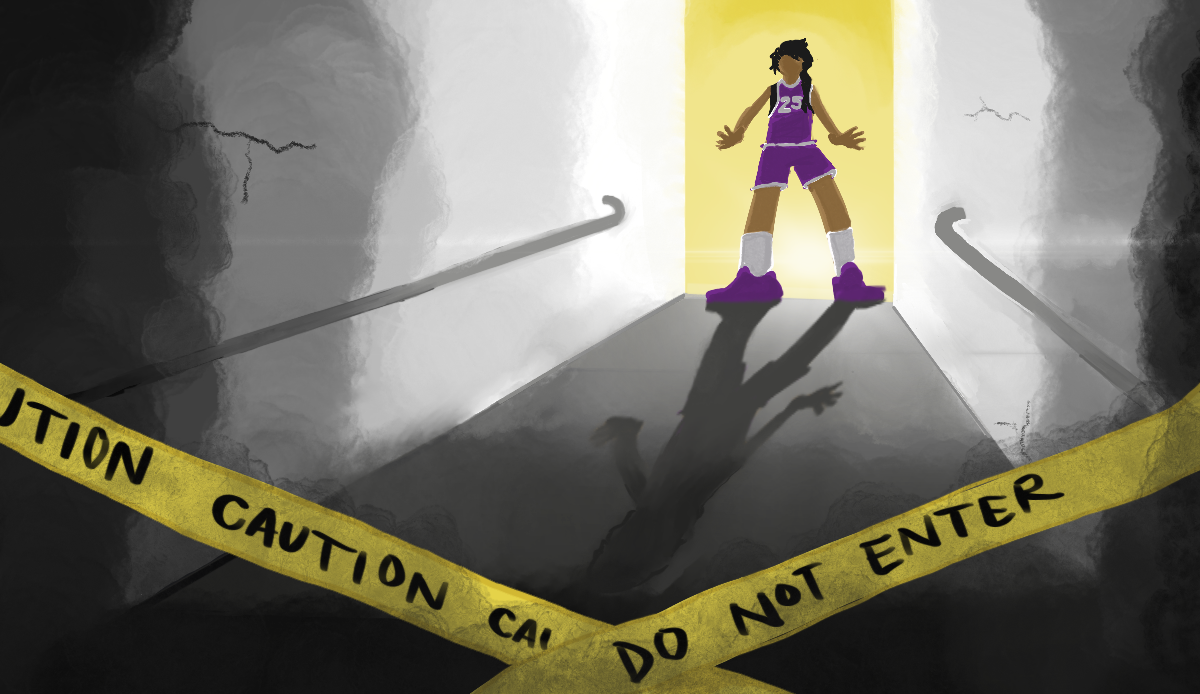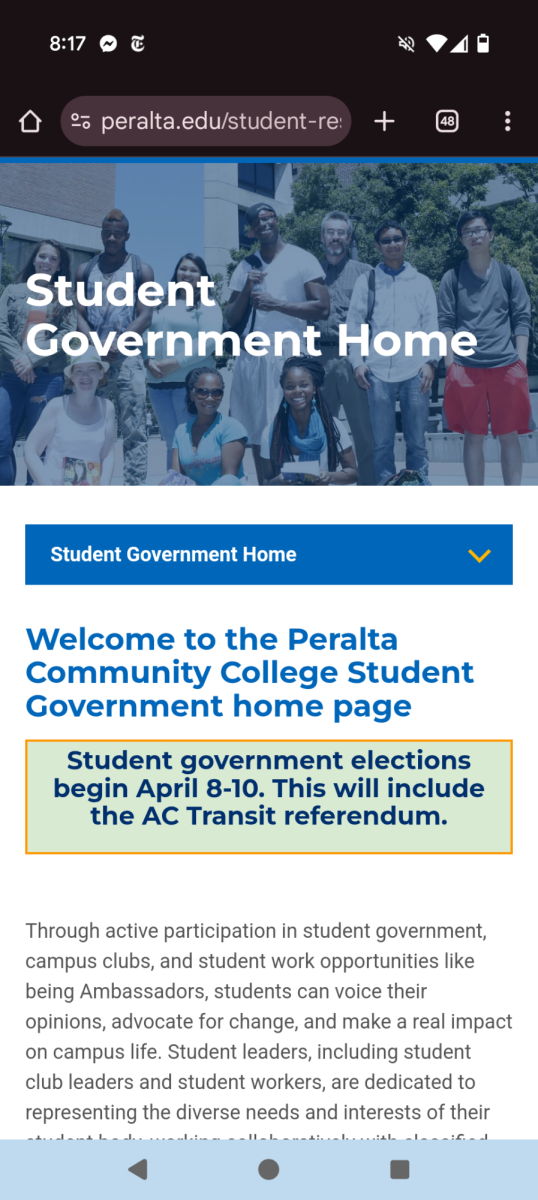During the Spring 2025 semester, 21,555 students were enrolled at Peralta Community College District, according to data from the district’s executive director of marketing, communications and public relations, Mark Johnson.
Only 523 students participated in the student election that semester. That’s 2.4% of the student population.
This low turnout raises many questions. Do Peralta students find that voting is unimportant? Why don’t they feel empowered to vote – do they consider their votes insignificant? And do student officials truly reflect the populations they serve?
Election materials across campuses contained outdated or incorrect hours and contact information
On the final day of voting for the 2025-2026 student elections, The Citizen spotted conflicting information on voting details from student government webpages and Peralta Gems, the district’s regular newsletter.
Two different prices for the proposed AC Transit EasyPass, a transit card for students who meet certain enrollment criteria, were listed on the district newsletter and the district’s website. The price varied from $47.32 to $51.32.
Adding to frustration, students were forced to vote on the bundled measure, Proposition A which covered the inter-college shuttle and AC Transit EasyPass, despite historically mixed demand for student transit.
Another discrepancy concerned the polls themselves. The district website listed voting days between April 8 and April 10. An email blast from Laney Student Activities on April 8 listed the polls would close at 12:59 a.m. on April 9. The Associated Students of Berkeley City College webpage listed the polls to open on April 9 and close on April 10 at 5 p.m.
Attempts to clarify these inconsistencies with district employees were met with unanswered calls, wrong numbers, and voicemails.
After nearly an hour of trying to reach someone, I finally connected with a staff member at College of Alameda’s Student Accessibility Services. Upon hearing my exasperation and relief at finally making contact, they replied wryly, “I hear that pretty often.”
In 2024, The Citizen reported similar breakdowns in communication around student elections. From where we sit, little has changed.
Confusion and technical difficulties derail student voters
Voter turnout across campuses remained dismally low in Spring 2025:
Even at BCC, which offered online and QR code voting alongside in-person ballots, confusion persisted. Conflicting deadlines listed voting as closing at 11:59 p.m. on April 9 on one portal, and at 5:00 p.m. on April 10 on another.
Voting access varied across campuses, with some offering QR codes and paper ballots upon request; others relied solely on online systems.
All four Peralta college campuses closed before the official 11:59 p.m. voting deadline, leaving students unable to participate if they had no access off campus to a smartphone or reliable internet, or extended access to on-campus resources. Merritt College reported system outages, the College of Alameda extended its voting deadline by an extra day due to a ballot platform error that prevented students from authenticating with their student IDs, and Laney students experienced complete shutdowns.
Atiya Rashada, Laney College Director of Student Activities & Campus Life, confirmed that some students experienced technical difficulties with Qualtrics and that they were offered the chance to recast their vote, though many students chose not to. Rashada also confirmed that the recast votes would not have swayed the election results either way.
What is the cost?
Peralta employees overseeing student services and student life earn between $127,000 and $212,000 annually. Their responsibilities include things such as evaluating the efficacy of the student services staff, promoting student participation by developing strategic outreach plans, ensuring fair elections, and supporting student activities.
- *Associate Vice Chancellor of Student Services and Registrar: “Manages matters related to student leadership and student trustees including the annual election.” and “Coordinates with college managers and student activities personnel for district-wide programs and activities;”
- **Vice President of Student Services): “Implements a systematic process for the selection, supervision and evaluation of student services staff.” and “Provides leadership, direction and coordination for enrollment development and student retention to assure maximum student access, progress, and success. This includes the continuous improvement and development of outreach/school relations, financial aid, orientation, assessment, admissions, counseling, student health and student life programs, transfer and career attainment services.”
- ***Dean of Academic and Student Affairs: “Direct the development and implementation of programs, services, plans, strategies, processes, systems, projects, courses, goals and objectives; coordinate and schedule classes, programs, services and other academic and student affairs activities as directed; assure proper and timely resolution of student, staff, faculty, administrative, department, program and related issues, complaints and conflicts.”
- **Director of Student Activities and Campus Life : “The incumbent serves as an advisor to the college student government and clubs to encourage the development of student groups with extracurricular and co-curricular student engagement programs, e.g. student activities, special student-led conferences, and cultural event series.”)
Many job descriptions and duties have not been updated since 2009, according to Peralta’s own website.
Though these employees collect six-figure salaries, the percentage of students who voted in the Spring 2025 election remains stuck in the single digits.
Lack of outreach leaves student voters in the dark
Reflecting on these systemic failures, Associated Students of Laney College (ASLC) president Owen Flaherty said he feels that information regarding student elections “is just not available for students” in an May 19 interview with The Citizen.
Though he was not yet on the ASLC at the time of the Spring elections, he felt the college’s student government should have provided “an opportunity to meet the candidates.”
“People were walking away saying, ‘I don’t know any of these people. How do I know who to vote for?’” Flaherty said.
He also noted that limited hours hurt participation. “Let’s have [polls open] Monday to Friday,” Flaherty said. “Let’s provide [students] with information. Let’s have the candidates there.”
Flaherty added he hopes to see stronger support from the administration in the year ahead.
Summer promises for progress
On April 22, 2025, The Citizen reached out to Atiya Rashada, Laney College Director of Student Activities & Campus Life, to learn what measures were taken to improve the student voting experience after the publication brought this issue to light in 2024.
Rashada told The Citizen that she “conferred with other deans about the software they use for student voting,” and “plans to review them [voting software options] over the summer for a more student and director-friendly interface and user experience.”
She also said she planned to meet with representatives from Qualtrics, the host voting platform for virtual ballots, and the Campus Institutional Researcher.
According to Rashada, the decision to change voting platforms must be agreed on by all directors of student life and then presented to Tina Vasconcellos, Vice Chancellor of Educational Services for Peralta.
On Oct. 6, 2025, The Citizen reached out to Vasconcellos and Rashada to learn if a voting platform recommendation had been proposed. Vasconcellos responded on Oct. 10, stating, “to date, I have not seen a proposal.”
Rashada did not respond in time for publication.
In any democratic process, information is power. When students are denied reliable information, they are unable to participate in meaningful and authentic civic engagement. They are robbed of the chance to be heard. For now, it seems as though the dial tones linger louder than student voices.


